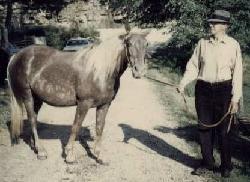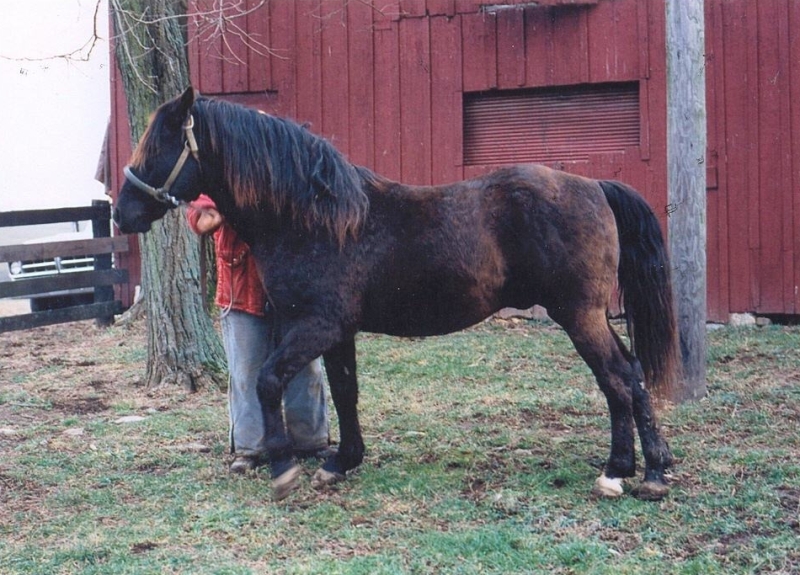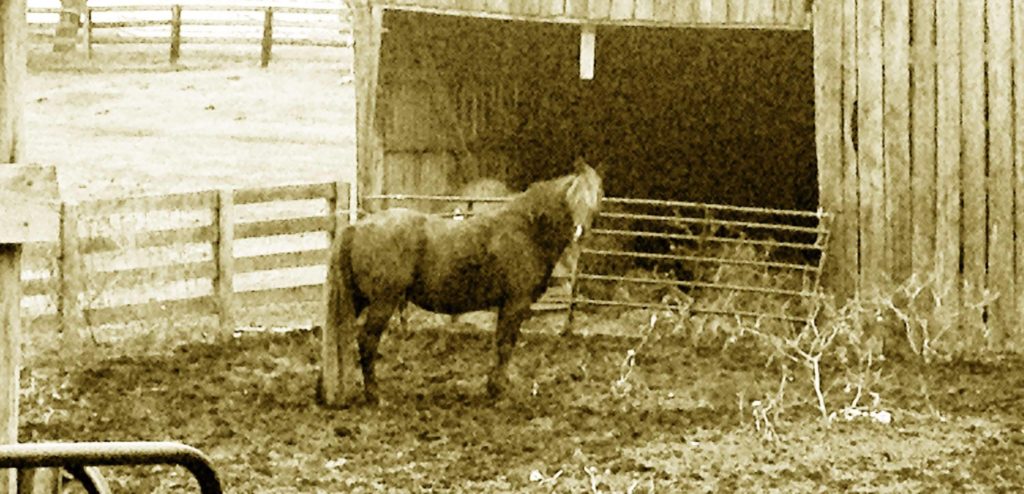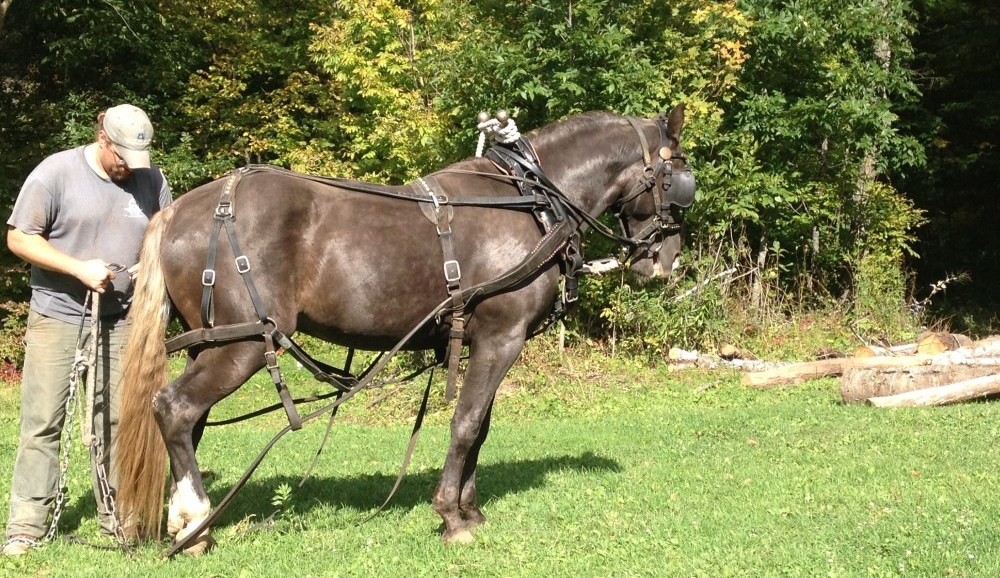Field roads are a part of the ecology and economy of a farm; with their own birth, life and death. My Grandfather’s farm had its own network of field roads, used to navigate the shortest distance to the most far flung fields. Of course, we used them during spring planting, summer haying, and fall harvest, but they were also the place where we learned how to drive. The sporadic use by tractors compacted the ground such that no vegetation could grow in the tread marks. Most of the field roads in this part of Wisconsin had to be dug into the hillside by farmers in order to gain access to the cropland on top of the bluffs. These are the dug roads. A few roads were similarly cut through the woods, without any obvious destination, often petering out for no apparent reason. Here are the logging trails. All are adapted to the land: they assume, to some degree, the land’s topography and navigate nature’s obstacles. For much of the year, these roads blend well with the landscape. Only after a dusting of snow will these roads show in stark white contrast with the slope, where the snow settles in between leaves. Old logging roads can be spotted at quite a distance during these times, white scars cutting across the mottled face of a bluff. Many logging roads around here have started to heal over as trees have grown in. A few are walking paths. Some will be opened again, whenever the economy of forest products exceeds the cost of logging in such rugged terrain. All of these roads, if given enough time, frost heaves, action of earthworms and tree roots would eventually more or less heal on their own accord.
The farm, dug, and logging roads have some semblance of humility. If it were not for the width, these manmade trails are not significantly different from the well-worn game trails that crisscross the landscape. In some spots, these roads are excised into steep slopes, but so are the 8” wide deer trails on the same hillside. In other places, the roads might lie prostrate on the hillside, and a deliberate hand is needed to traverse them without sliding sideways down the hill. A distracted traveler in either circumstance is rapidly reprimanded for their inattentiveness. Here, there is no assumption of human domination of the land; we are ordinary members, as likely to slip downhill as a buck on their own trail.
The Jeep trail, ascending the bluff vertically, bears none of these hallmarks. It is concrete evidence of man’s hubris. Growing up in another part of the Driftless region, I know of a few bluffs with similar lacerations. One, near the town of White Rock, was formed during my father’s youth. Here, young men sought to prove their nerve by attempting to drive their 4×4 trucks up this hill. When I was younger, I asked Dad if he had ever tried it. He said he had. In the next breath, however, was a sigh that signified his regret for this dubious feat of manhood. In my youthful exuberance, I asked him if it was fun. Dad only responded, “It was stupid.”
I had gone up the jeep trail a year after I moved onto my own farm. I suppose in part it was because it was there, daring me to tackle it. I had hiked it many times before and since. It just didn’t seem like it would be physically possible to drive up something so steep. But going up had to be the way it was formed; it would be insanity to go downhill, gravity propelling you in a stuttering free-fall towards the stout oaks at the bottom, ready and willing to teach you the folly of human stupidity. My truck, fully loaded with wood, in four wheel low and in first gear, crawled up the hill. At the peak, just before the bluff leveled out, all I could see was sky and treetops. I suppose only a bird would lack the unsettling feeling I experienced.
It was exhilarating. And stupid. That was the last time anyone ever drove up that jeep trail. In part, because I knew I never needed to do that again, but also because the tracks, going as they were, straight up and down, favored erosion. Over the years, great slabs of capstone that had been buried in a few inches of loam and gravel have become exposed, their craggy expressions blocking any further attempts by wheeled traffic. Myself, conditioned by years of living on the land, viewed this erosion for the illness that was. A few years later, however, I began to understand a different perspective. The bluff was defending itself from further insult. Never again COULD another vehicle ascend this road.
I look back on that day with a mixture of excitement and regret. I suppose it is entirely natural to want to prove yourself in some way; to confront a dangerous challenge and come out on the other side more sure of yourself. That could be one lesson. However, on this particular activity, I doubt I was changed in any meaningful sense, separated from the hill as I was by a machine. Perhaps a more meaningful challenge would be one stripped bare of contrivance.
I still think there is more to it than that.
I wonder if there are two kinds of people when it comes to jeep trails. The first might look back and only remember the exhilaration, the feeling of accomplishment. The other kind comes to know that those feelings came at a tremendous cost; one which lasted significantly longer than the act itself. Maybe here is the deeper lesson. Scars still show at the White Rock jeep trail of my Father’s youth, despite having been long abandoned. How long will it be before biology erases my farm’s scar?



